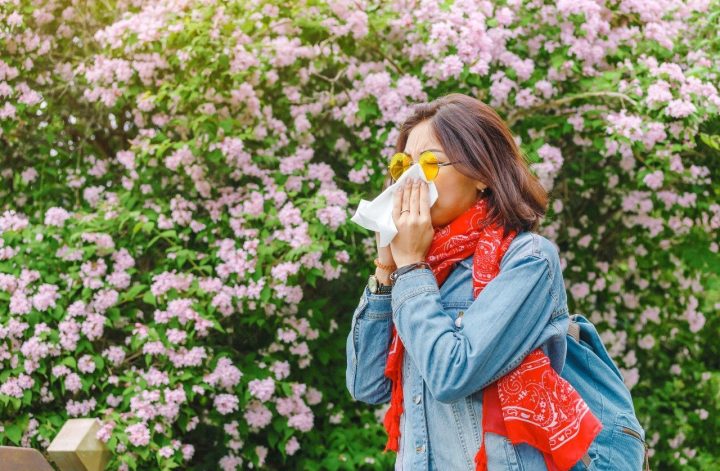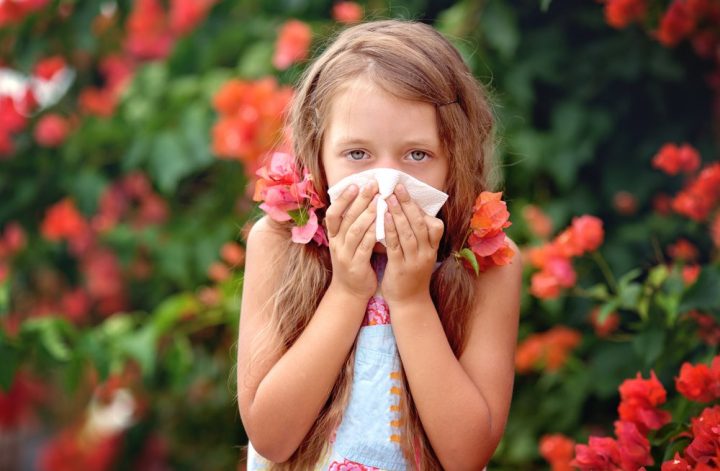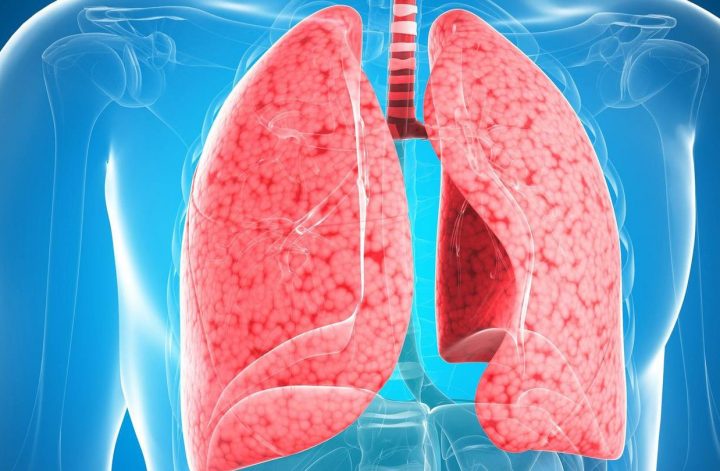An allergy is an inappropriate response of the immune system to a harmless substance. The irritant – pollen or house dust – isn’t really dangerous. But for some reason, the immune system gives out an inflammatory reaction to it: redness, itching, swelling, rhinitis, cough, and so on. Today, doctors can pinpoint the cause of the allergy and offer several solutions to the problem.
Myth 1. Allergy sufferers need to strengthen their immune system.
It is not true, the immune system of allergy sufferers is not weakened. It doesn’t react to something that is an infection.
What to do? A healthy lifestyle has not hurt anyone yet. But it’s more important to find out the specific allergen.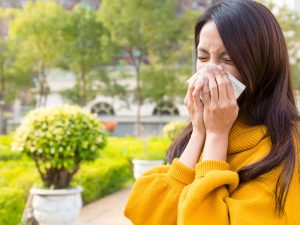
Myth 2. Allergies appear in childhood.
Allergies can manifest themselves at different ages. So, food allergy often occurs with age, about 4% of adults suffer from it. Yes, allergy sufferers have a hereditary predisposition, but it may appear not at all from birth or not at all.
What to do? Identify in a timely manner. Then you can carry out allergen-specific immunotherapy (ASIT), use antihistamines, leave for the time of flowering of the culprit of the allergy.
Myth 3. Poplar fluff causes allergies.
In fact, fluff is not often allergic, but it collects and carries pollen from other plants, which causes a reaction. Seasonal pollen allergy (hay fever) is the most common type.
What to do? Find out which group your problem belongs to.
House dust allergens are mainly microscopic mites that live in mattresses, pillows, upholstered furniture and carpets. Methods of struggle – to limit to a minimum all fleecy interior items, frequent wet cleaning, filters.
Plant allergens – primarily pollen. These are mainly deciduous trees blooming in April-May, cereal grasses (June) and weeds (until autumn).
Fungal allergens are molds and spores of microscopic fungi that live in the soil, on plants, and indoors. There are even more of them in the air than pollen and dust.
Animal allergens – dandruff, saliva and other secretions, wool, feathers.
Allergies to medications are not very common. It is usually solved by replacing the drug.
Food allergens – It is important to distinguish true allergies from pseudo-allergic reactions and intolerances.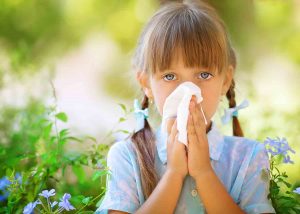
Myth 4. Allergen tests are painful and inaccurate. Previously, only skin tests for allergies were really done, scratching the skin. Today, a technology for detecting antibodies to an allergen by a blood test is available, for example, on the ImmunoCAP platform. The patient’s blood is simply taken as for a regular analysis, and all further manipulations are carried out “in a test tube.” There is no need to take a separate test for each allergen.
What to do? You can take a set of laboratory tests Fadiatop for children over 4 years old and adults or Fadiatop for children under 4 years old. The contact of blood and high-purity allergens is carried out on a special substrate, which increases the area of their contact. Therefore, the test will reveal even a minimal allergic response. Most often, these studies are used for inhaled allergens – those that a person breathes in unnoticed. This can be used to determine if you or your child has a reaction to:
animals (cat, dog, horse, guinea pig, rat, mouse);
household allergens (house dust, microscopic mites, mold, fungi);
pollen from trees, cereals or weeds (the panel contains more than 2 dozen allergenic plants most common in Russia);
In this case, they will not damage the skin, you just need to select the panel of allergens https://en.wikipedia.org/wiki/Allergen (based on your suspicions or after consulting a doctor) and donate blood 1 time. At the same time, you do not need to cancel allergy medications if you are taking them. Therefore, you can get tested in the midst of allergies, when it is easiest to identify, and at the same time not suffer without drugs that make life easier. You will receive an accurate result that will help you build your future life as comfortably and safely as possible.
